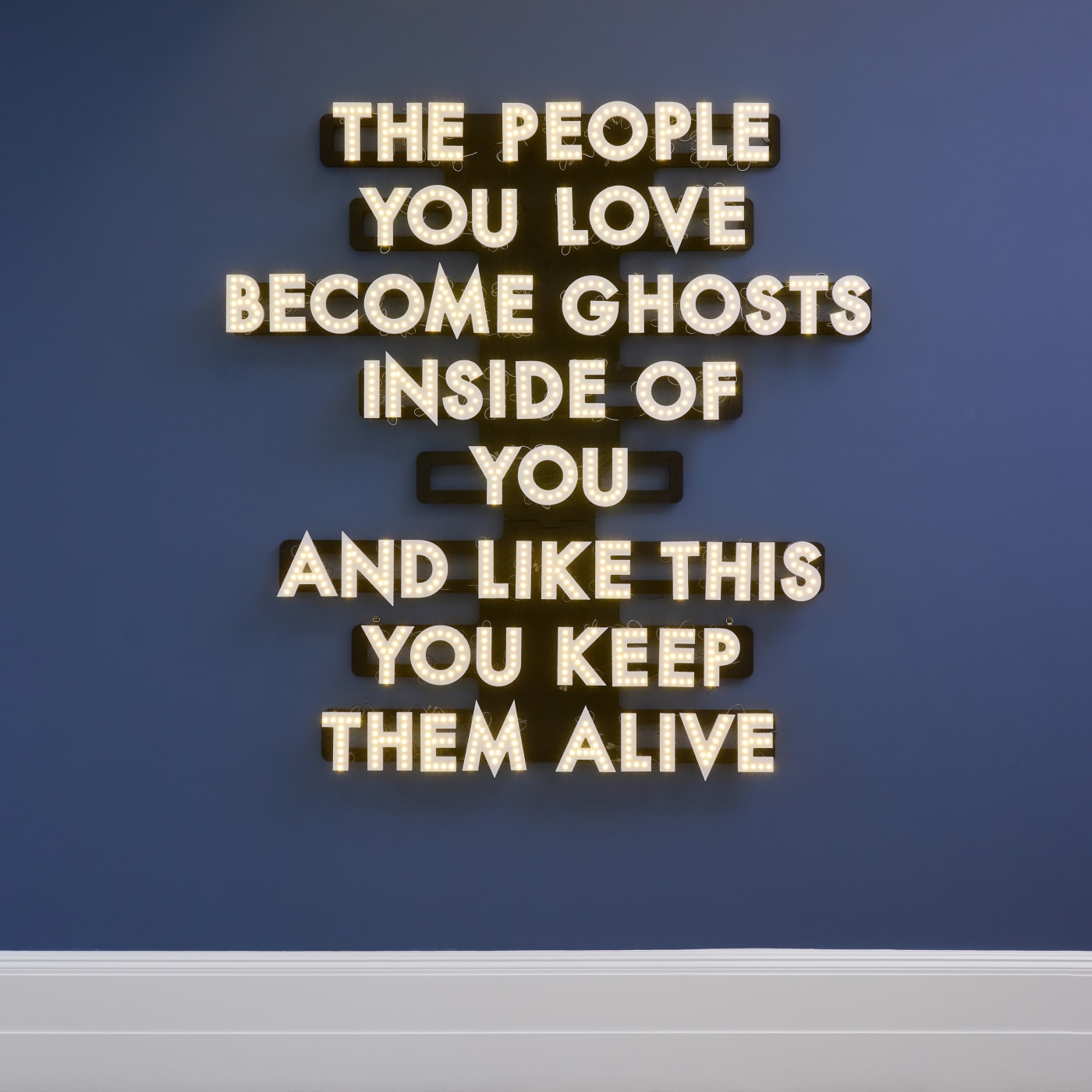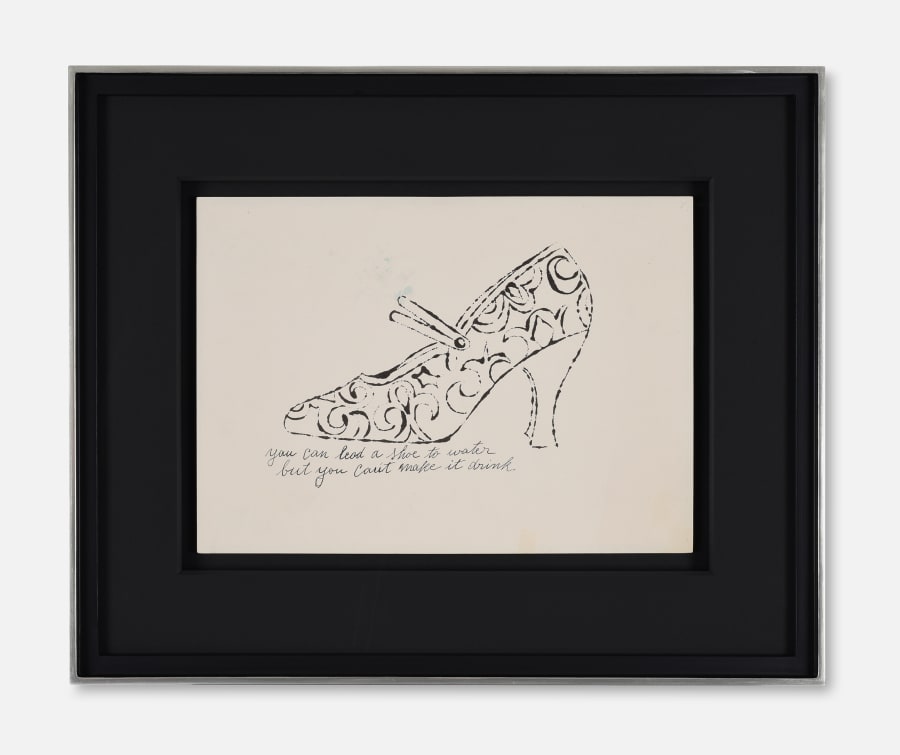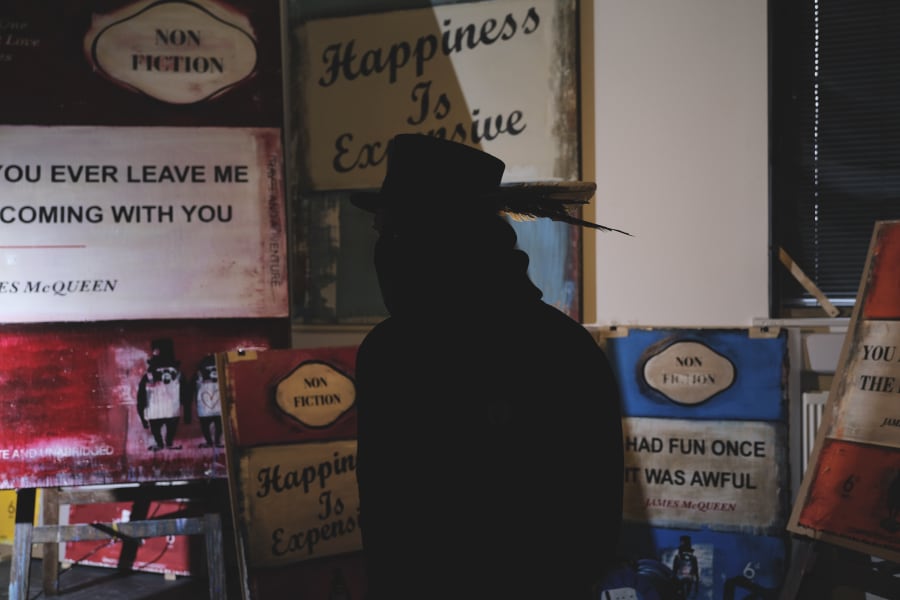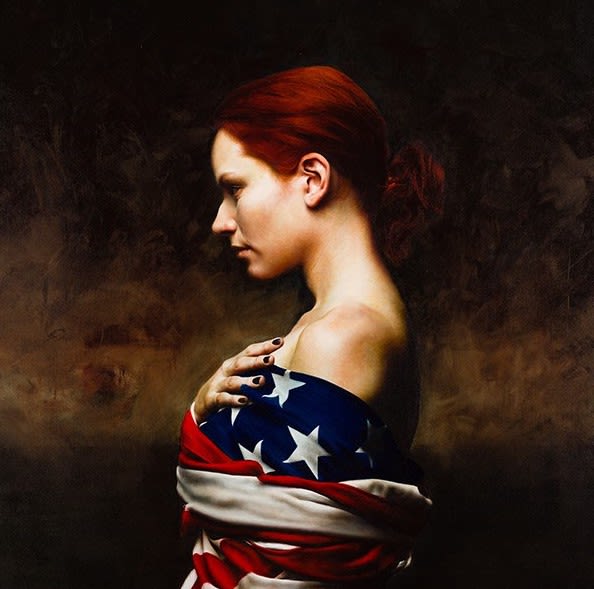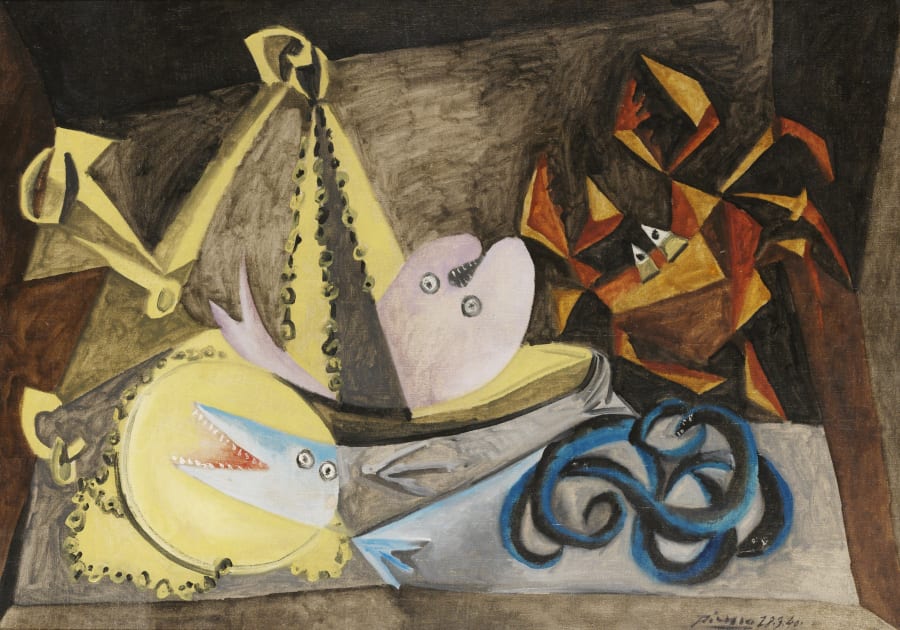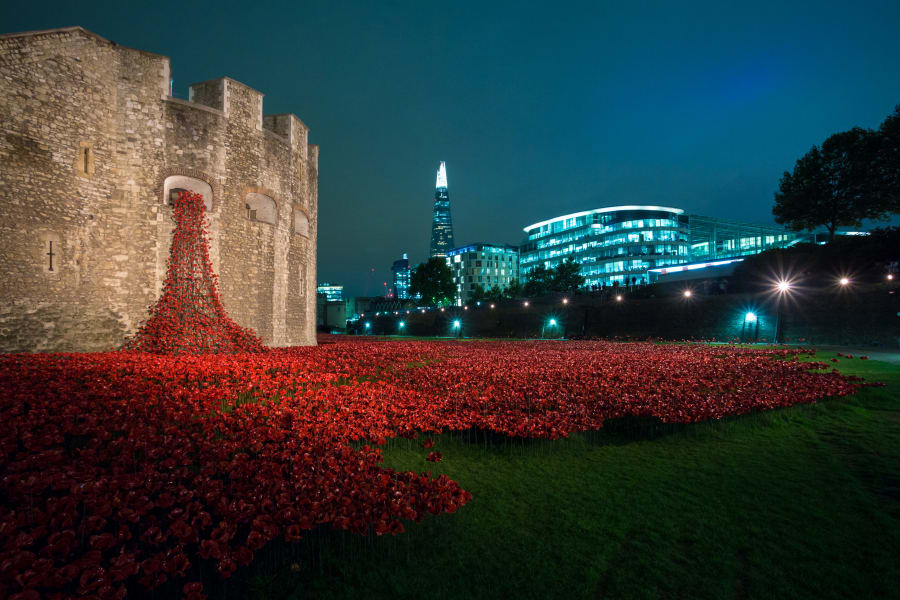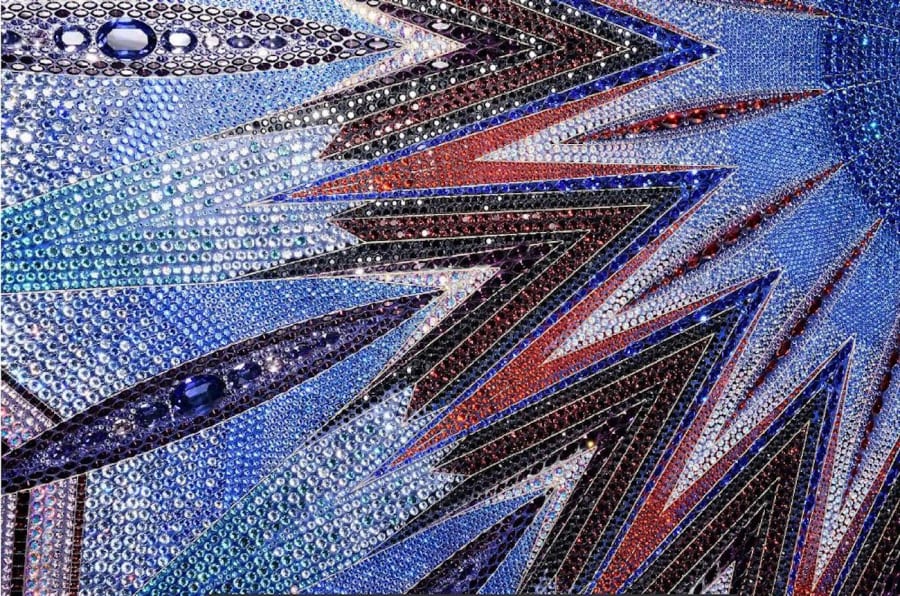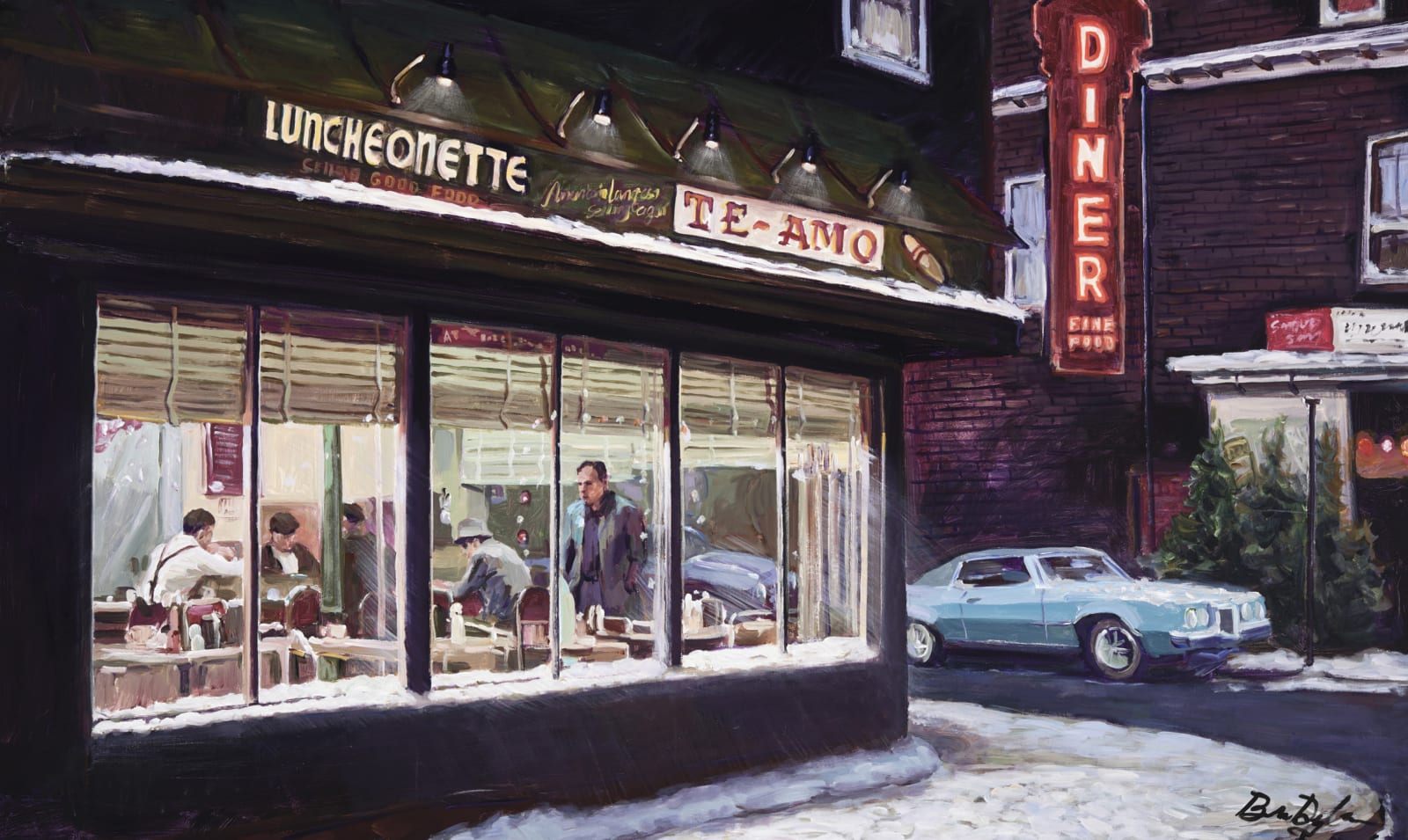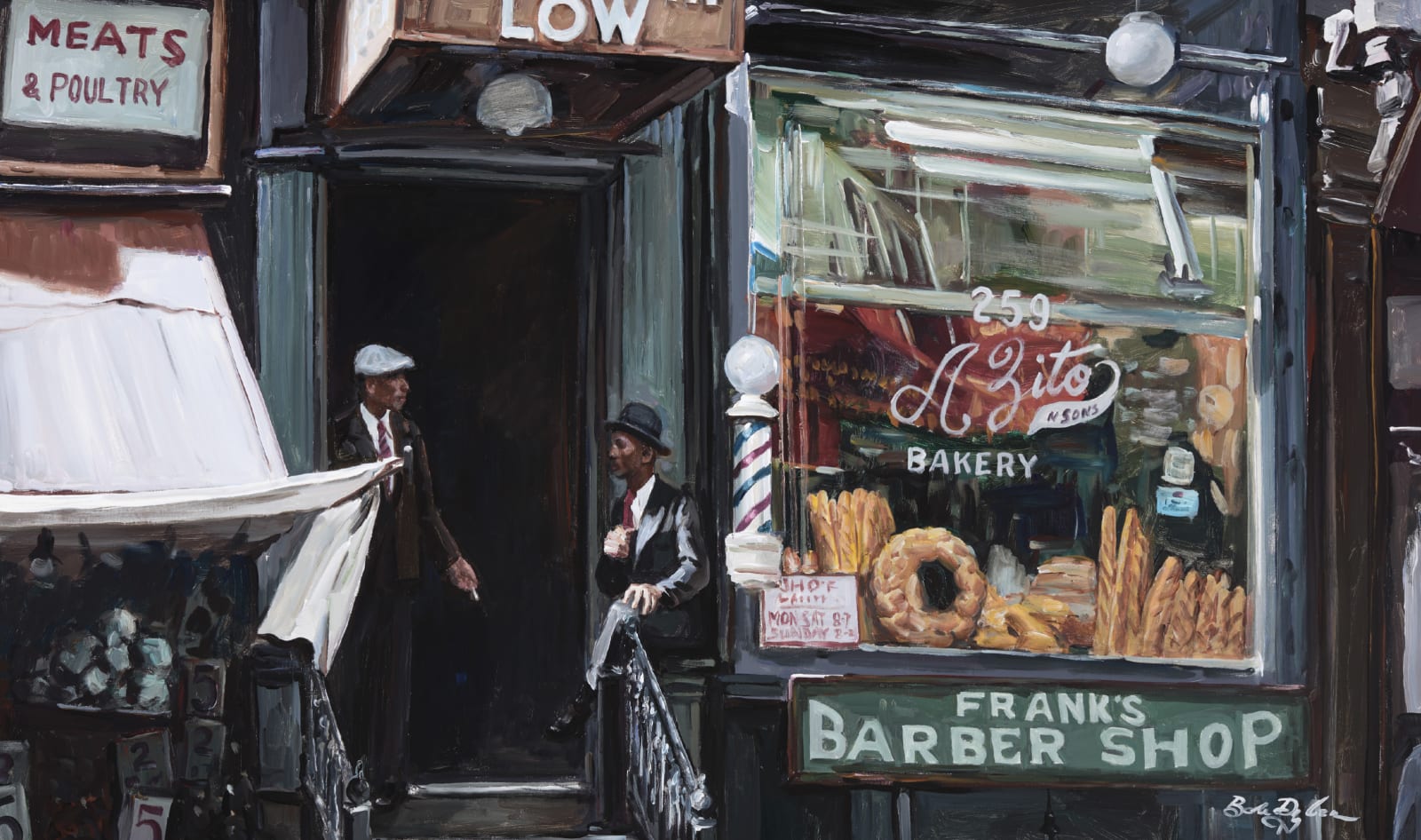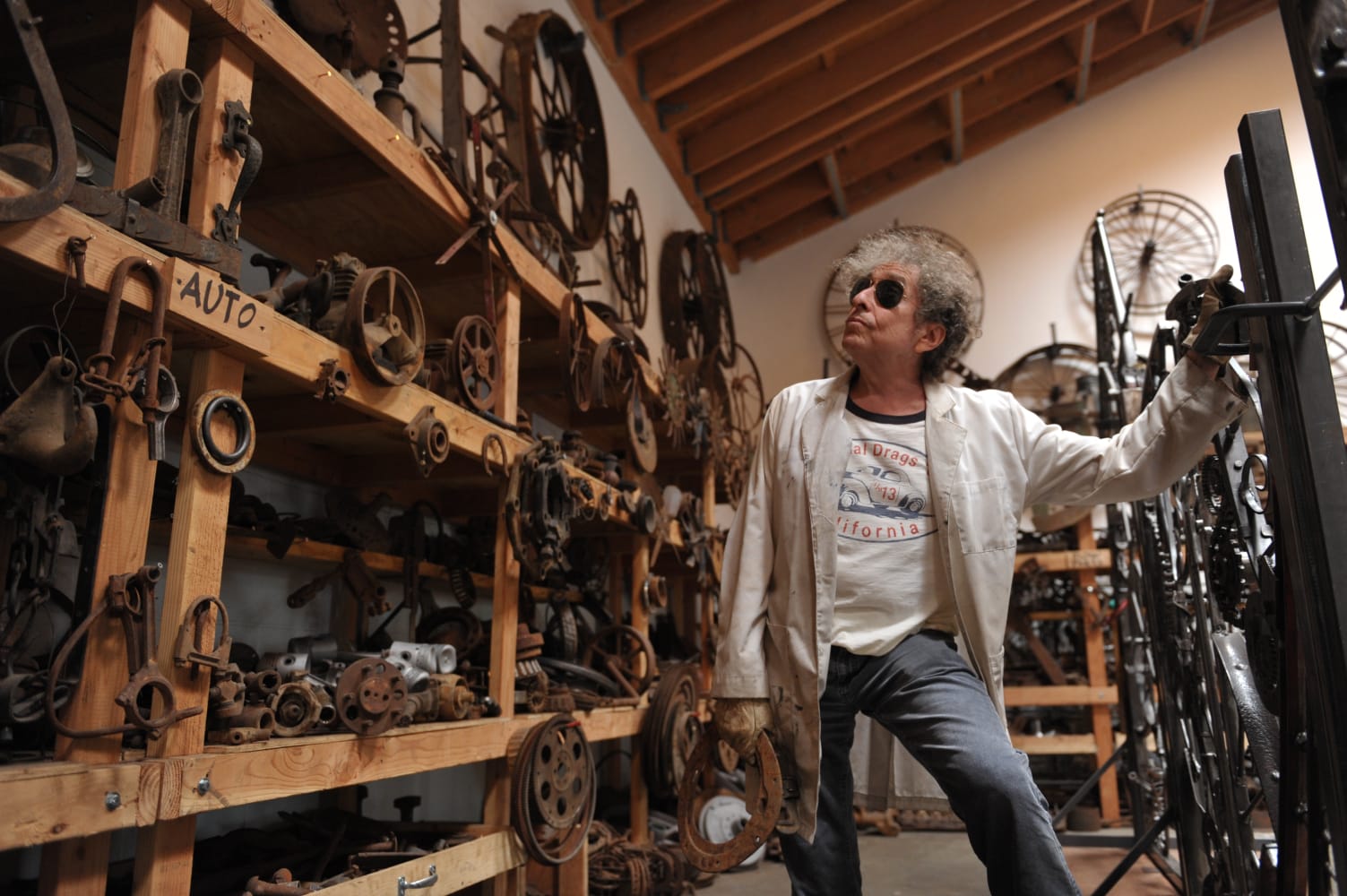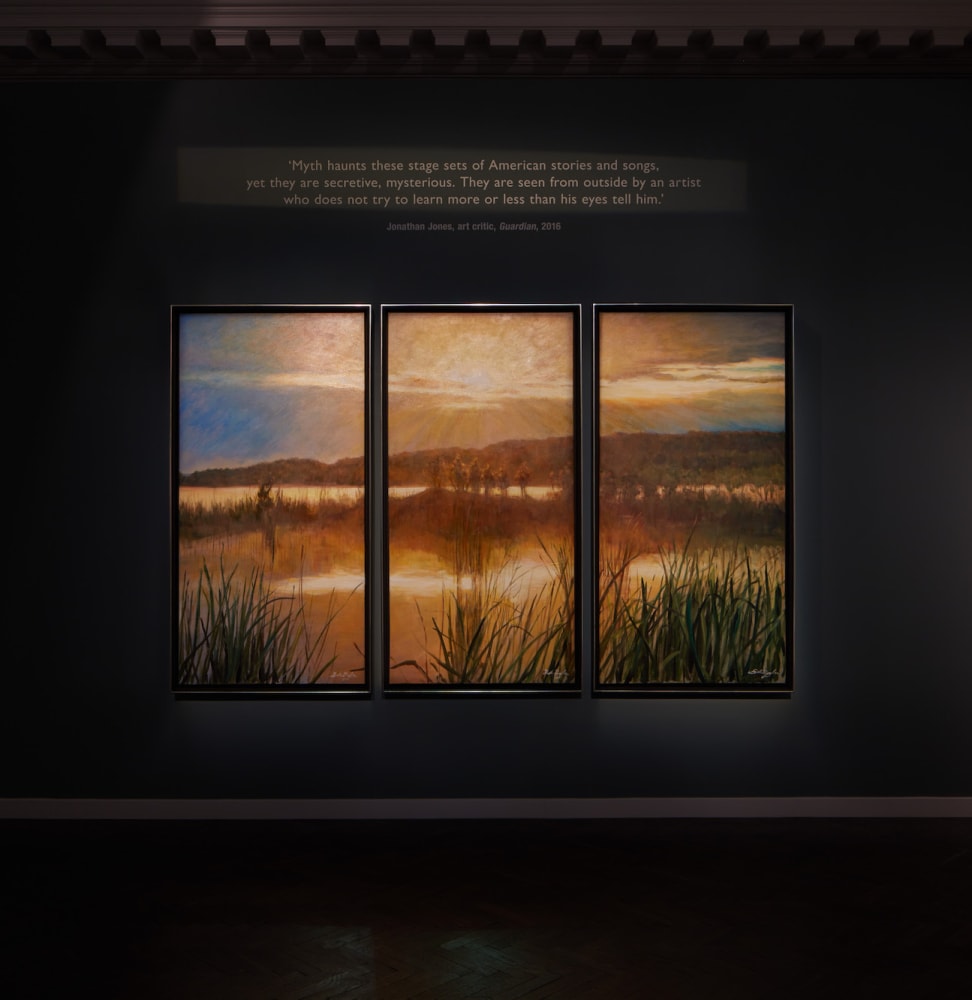

Robert Montgomery
Robert Montgomery is a Scottish-born, London-based contemporary artist and poet. He is renowned for his large-scale light works installed in public spaces. As well as his evocative light poems, he is well known for his billboard poems, fire poems, woodcuts, paintings and watercolours.
Below, discover 5 Things to Know about Robert Montgomery.
If you are interested in adding to your collection, speak to one of our art consultants now - email us at info@halcyongallery.com

2. He exploded on to the scene as ‘the Banksy of poetry’
Montgomery started making billboard poems in 2004, as part of his mission to reach a wider audience of people who do not typically encounter art in their daily life. Inspired by the tradition of street art, this practice involved going out at night in East London and covering billboards with poems, in a bid to ‘set poetry free in the city.’
The billboard poems and subsequent public installations reflect the artist’s belief that poetry and art should be accessible. His hope was that people would see these billboard poems, despite not knowing what they were, that the words would emotionally resonate. The artist never signed these works and left them without context, which led the press to dub him ‘the Banksy of poetry’. The billboard poems are Montgomery’s antidote to the dominant language of advertising and news media, which typically dominate our public space. While advertising treats us purely as consumers, the artist notes, poetry can unlock spiritual and emotional dimensions:
‘Poetry is a language that speaks to the whole person. Poetry speaks to the child inside of us, and it can help us to reconcile our innermost, and most vulnerable feelings with the harsh material world outside.’ - Robert Montgomery
Here, the artist subverted the billboard, exploring the dichotomy between public and private realms. Repurposing advertising space, where a billboard message is typically glib and superficial, his poetry invites stillness and introspection. The billboard poems have evolved into other mediums, including his correlating landscape paintings and his ceremonial fire poems. While his journey started with co-opting billboards, Montgomery’s work has now been recognised in institutions around the world, including the Albright Knox Museum in New York, The Musée du Louvre in Paris, and The Museum of Contemporary Art, Yinchuan.

3. The Surrealists are a significant influence for Montgomery
Montgomery’s endeavour to blur the lines between art and poetry began with the father of Surrealism, André Breton. As a student, he came across a book of poetry by Breton in the library at Edinburgh College of Art and was instantly struck by the power Breton's poetry to uncover the magic in the mundane, as well the Surrealists’ ability to adeptly bridge the gap between visual art and the written word. This provoked his ambition to become both a visual artist and a poet, approaching this challenge in a variety of mediums and graphic forms. The artist credits the Surrealists with ‘planting a seed in my mind that you can be, should be, a painter and a poet at the same time.’ In 2024, to commemorate the 100th Anniversary of Surrealism, Montgomery was commissioned by BAM Museum in Mons to produce seven large-scale public works, four of which directly referenced the words of Surrealist poets.
Beyond the Surrealists, Montgomery has also been influenced by other trailblazers of Modernist poetry. Guillaume Apollinaire’s concrete poetry, where the visual form of the poem reflects the meaning of the words, has been expanded by Montgomery beyond the confines of the page, inspiring his monumental installations. His poetry also contains echoes of the intimate and lyrical voices of Sylvia Plath and Philip Larkin. Montgomery’s interior voice, sometimes melancholic, sometimes hopeful, spans universal feelings like love, loss and grief, but always with an unwavering belief in the power of art and the natural world. While his work traverses the domains of art and poetry, Montgomery describes himself as an artist first and foremost.
‘I think melancholy is really interesting, because it is the creation of beauty from sadness.’ - Robert Montgomery

